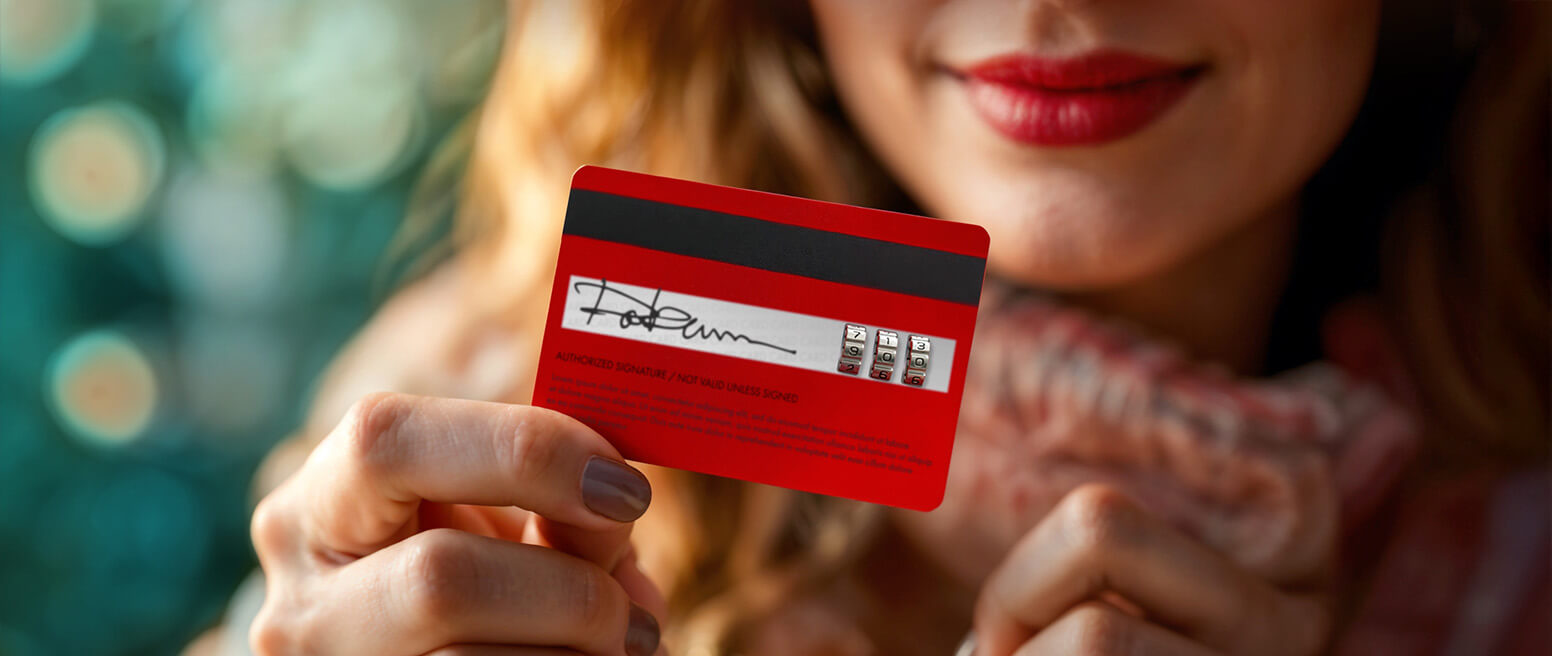Alternative Payment Processing: How Popular New Technologies Can Help Conduct Payments
A half-century ago – the 1970s – the question a customer was likely to hear at the checkout counter was “cash, check, or charge?”
That’s not really the case anymore.
For starters, checks have generally fallen out of favor as a payment method, particularly at brick-and-mortar stores. But there’s also a host of new technologies that have greatly expanded payment options for consumers. More and more merchants are getting on board, offering their customers additional payment options:
But here’s a question: will any of these alternative payment methods affect the way you get your money?
In this article, we’re looking at some of the major alternative payment types, focusing on the processing procedures that get the customer’s money into your bank account.
Recommended reading
- What is EMV Bypass Cloning? Are Chip Cards Still Secure?
- Dispute Apple Pay Transaction: How Does The Process Work?
- Terminal ID Number (TID): What is it? What Does it Do?
- What is EMV Technology? Definition, Uses, Examples, & More
- Visa Installments: How it Works, Benefits, & Implementation
- dCVV2: How do Cards With Dynamic CVV Codes Work?
eCheck Payment Processing
Electronic checks (maybe more commonly known as eChecks) are essentially paper checks in a digital format.
Like their paper counterparts, eChecks are initiated and authorized by the consumer (minus the physical writing of the check), and the transaction amount is moved from one account to another. Processing for eChecks is also nearly the same as that for a traditional check, but faster and less complex because it eliminates all that paper handling.
Once the account holder gives digital permission (via an online form, for example), the funds are debited from their checking account. The necessary information is transmitted over the Automated Clearing House network (see below). Finally, the money gets deposited in your account.
Bank Transfer Payment Processing
“Bank transfer” is an umbrella term for several methods of moving money between bank accounts. It can be between internal accounts, from one bank account to an external account, or from a payment processor’s account to your bank.
With bank transfer processing, the payer initiates the payment via online banking, mobile banking, or a trip to their local bank. The bank verifies all the details before debiting the payer and crediting the recipient. After verification, the money is electronically sent and deposited into your account. Based on the circumstances, bank transfers can be finalized within minutes or could take several days to complete.
Learn more about bank transfersACH Payment Processing
ACH payments are a specific subset of bank transfers.
The Automated Clearing House (ACH) network is used to process payment transactions between financial institutions. The ACH network is made up of multiple providers, and is used for services like recurring bill payments and direct payroll deposits. It can also do retail payments and peer-to-peer money transfers through apps like Zelle and Venmo.
The process is rather simple. Once initiated, the ACH transaction is sent to an Originating Depository Financial Institution (ODFI) for processing. The ODFI gathers the transaction data and forwards everything to an ACH Operator, which settles the account.
Depending on when the payments are sent, the potential timeline for settlement and funding could range from a few hours to a few days.
Cryptocurrency Payment Processing
Unlike traditional payment mediums, crypto payments don’t always involve money being transferred between bank accounts. Instead, transactions are digitally verified and recorded on a blockchain, a kind of public ledger tracking all debits and payments.
When a buyer makes a crypto payment, that customer is given a unique address to send the specified amount and type of cryptocurrency. The transaction is viewable by anyone on the blockchain network, and verified by network participants prior to being added to the blockchain.
Once the transaction is confirmed, the cryptocurrency may be converted into cash and deposited in the recipient's bank account. Or, the user may opt to keep the crypto in their wallet and reuse it for a separate transaction.
“Crypto payments are a long way from achieving widespread acceptability as a currency. Assets like Bitcoin and Ethereum are still highly speculative, with values that can shift radically and without warning relative to the dollar. While acceptance grew quickly in the last year, most merchants will continue seeing cryptocurrencies as too much of a risk — and a hassle — to accept until we see general stability of prices in cryptocurrencies.”
- Monica Eaton, Founder and CEO, Chargebacks911
Carrier Billing Payment Processing
Direct carrier billing (DCB) is a mobile-centric alternative payment method that’s built around the user’s mobile phone or other smart device. Instead of offering a payment card or digital wallet, DCB purchases are charged directly to the customer’s mobile phone carrier bill.
At checkout, the buyer simply enters their phone number, and the funds are either deducted directly from the account (in cases involving a prepaid mobile balance), or charged to the customer’s next billing cycle.
Either way, you get your money directly from the carrier, so processing isn’t much of an issue. Some merchants may use a third-party provider to identify the non-phone related charges and forward funds to the appropriate parties.
Virtual Cards Payment Processing
A virtual credit card is a single-use digital card number used in place of a traditional credit or debit card at checkout.
Virtual cards rely on similar technology to traditional credit cards. If you accept plastic, you can accept virtual credit cards. Processing is handled like any other card-not-present transaction.
Virtual cards are generally considered more secure than payment apps, which use tokenized data, but still retain actual account details. Virtual cards, on the other hand, generate a different number and expiration dates for each transaction.
Learn more about virtual cards“Virtual credit card acceptance is a great tool to simplify customer interactions and provide long-term fraud reduction. Remember, however, that no single fraud strategy is perfect. Merchants must employ a diverse range of tools and practices to minimize risk.”
- Brandon Figueroa, VP of Operations, Chargebacks911
A Final Thought
Alternative payment methods have different ways of being processed, but what will also vary is the amount of fraud and chargeback protection they may provide. When you’re accepting all manner of payments, you ultimately need a comprehensive chargeback management plan that provides across-the-board protection.
Chargebacks911® has a wealth of experience-based knowledge and expertise in providing cost-effective prevention and risk mitigation strategies. Our experts can help you implement an end-to-end management strategy to retain revenue and prevent future disputes. Contact us today to learn more.
FAQs
What is an alternative payment method?
An alternative payment method can be any means of paying for goods or services that does not involve cash, check, or a credit card issued by a major bank. Mobile payments, eWallets, bank transfers, and some prepaid cards are examples of alternative payment methods.
What is the most popular alternative payment method?
According to Statista, online payment services (PayPal, Google Pay, Klarna, etc.) are currently the most popular alternative payment method.
What is the safest form of payment to accept?
From a merchant’s perspective, ACH transfers and debit card transactions are considered the safest way to get paid.
Is ACH safer than credit cards?
Yes. For both merchants and consumers, transactions made through the Automated Clearing House (ACH) are typically safer than those made with a payment card.
Which payment method is mostly used in the USA?
According to research site YouGov, cash is still the most commonly used form of payment for in-store transactions. With eCommerce, credit and debit cards are the most widely used, with PayPal in a close third place.














